10. Nightcrawler
9. Palo Alto
8. Starred Up
7. Men, Women, & Children
What MW&C does best is relaying the deep human bond that can occur through the Internet, and fundamental misunderstanding that occurs between older and younger generations about the earnestness of this bond.
6. The Immigrant
5. Under the Skin
4. CITIZENFOUR
Amazing. Mindblowing. Terrifying. Upsetting. Uplifting. Outstanding.
3. The Grand Budapest Hotel
2. True Detective
True Detective shook me to the core, and stood above most of the year's cinema. I’ve seen it three times, and I’m still not quite sure what to say. Moments of the show, like the glorious Rust Cohle philosophical tangents or brilliantly filmed scenes, have wandered in and out of my mind for the last six months since I first watched the show. Anything that becomes a part of my life in that way exemplifies the deep connection I’m always hungry for at the cinema.
I’m still not a believer in TV, and I don’t expect to be content with season two of True Detective, however this show has created an obligation to work through the next year in TV.
1. Ida
Each frame fascinates and enthralls me. Agata Kulesza's gestures perfectly embody the deep sorrow of a Jew in a society fighting to be ignorant, rather than remorseful. One particularly harrowing scene with Kulesza, involving a window (coy to avoid spoilers), has been seared into my brain. Ida is a remarkable feat of visual storytelling, and an important under-seen perspective on what the Holocaust says about human nature. Its only notable flaw is focusing on Ida (Agata Trzebuchowska), rather than Wanda (Kulesza).
Honorable Mentions
-Obvious Child for being funny, charming and moving.
-The Unknown Known for being a fascinating study of a very powerful man in modern American history.
-Snowpiercer for being a haunting yet entertaining action film
-Jodorowsky’s Dune for being a study of mythology and the romanticization of what could’ve been.
-Transparent, because if I’m to include True Detective, I must be honest about another show’s inclusion. This one is too obvious in its intention at times, but nonetheless poignant, true and important.
-The Babadook for being a beautifully shot horror movie with a marvelously demonic pop-up book
-Boyhood for being truly, deeply moving, even though much of it felt artificial to me.
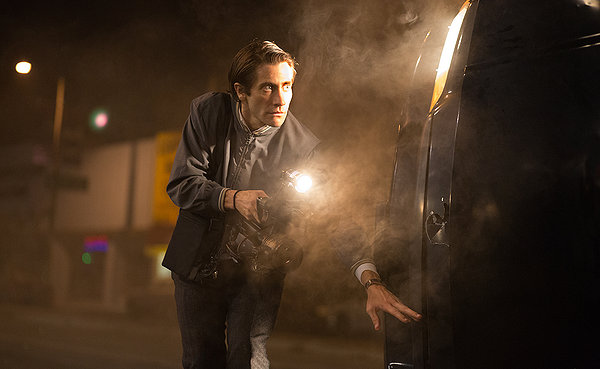
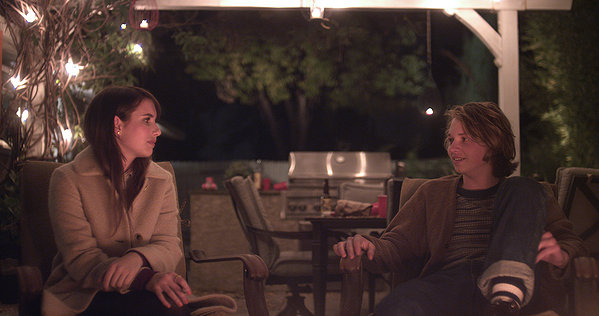
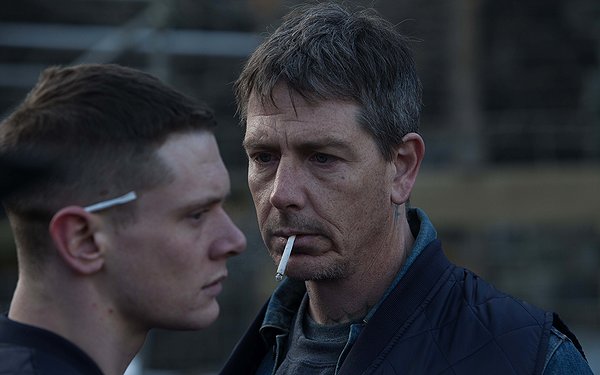
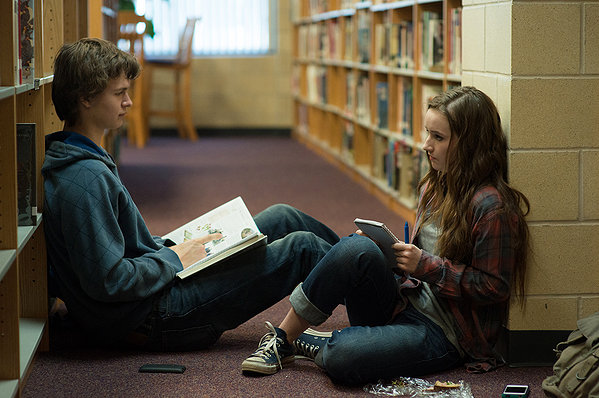
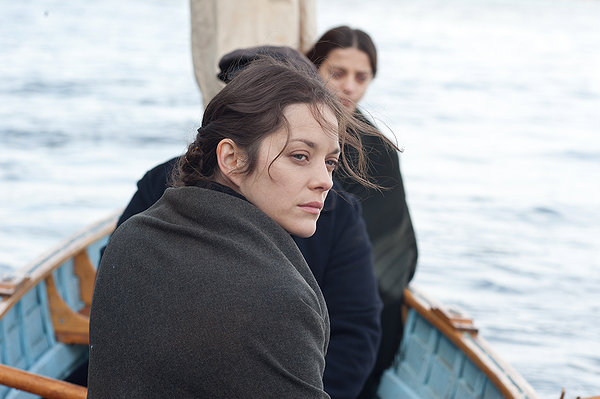
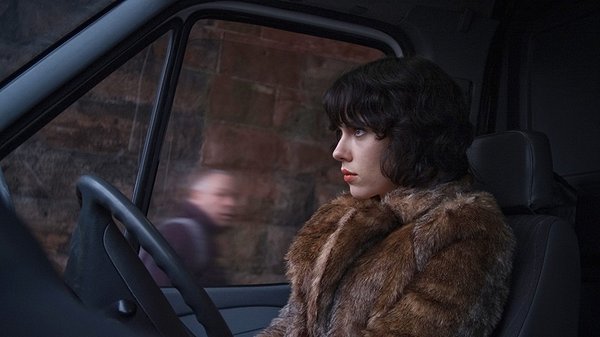

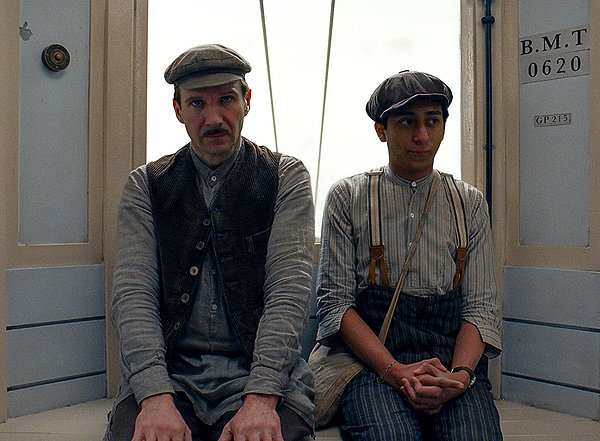
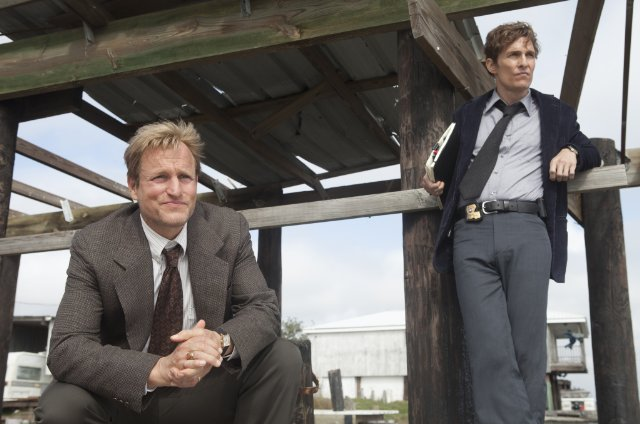
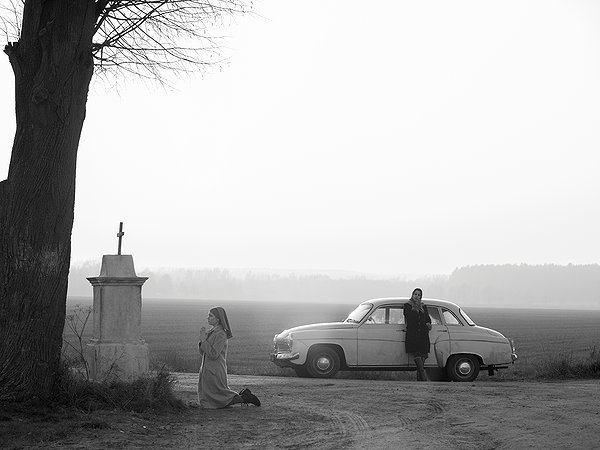
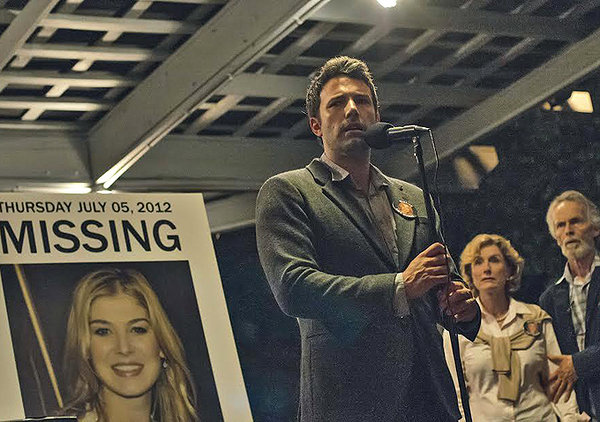
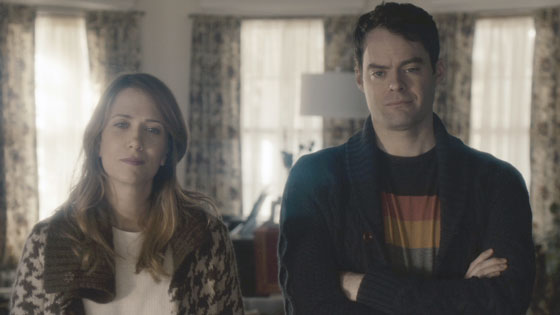
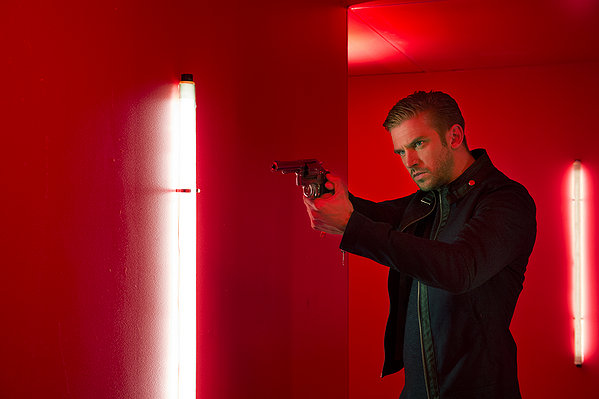
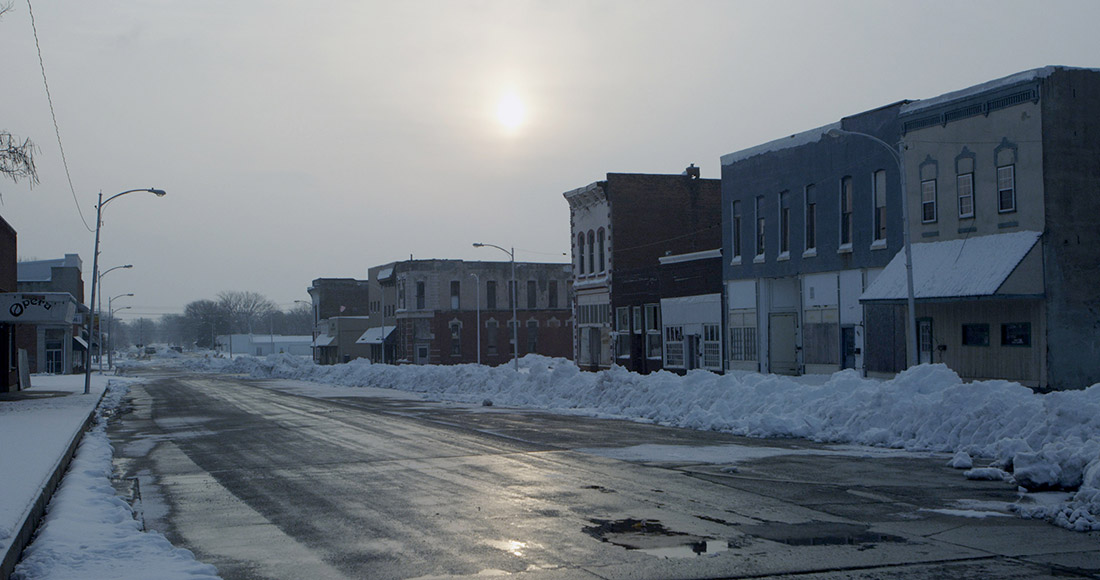
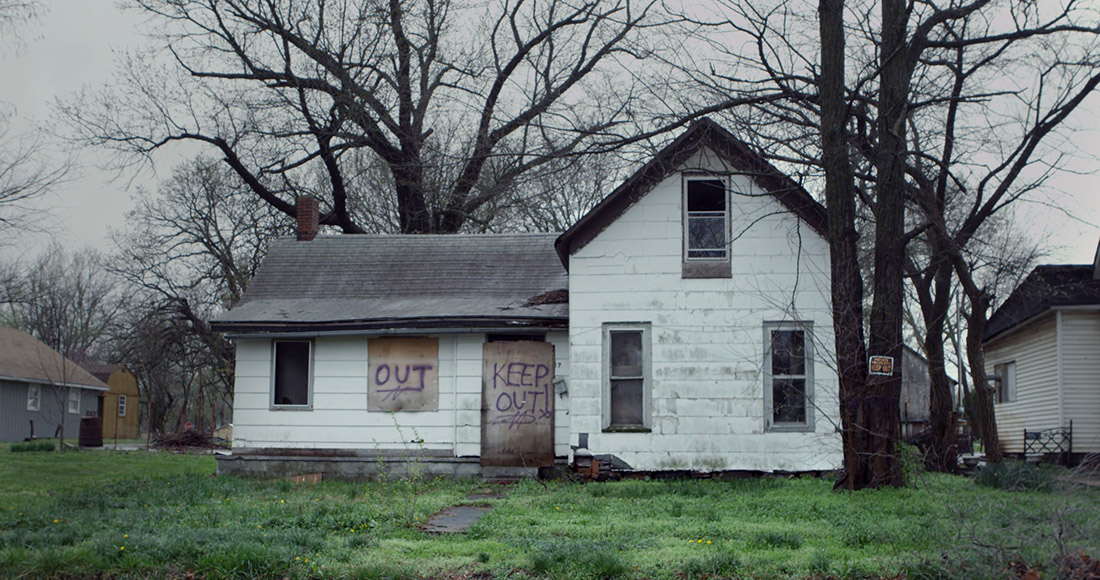
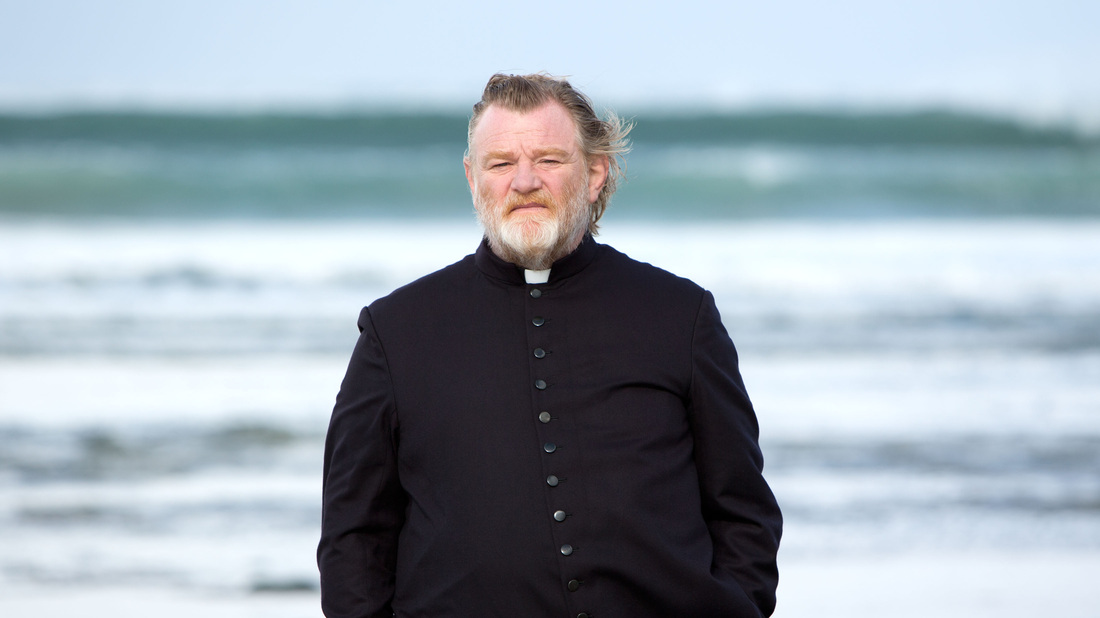
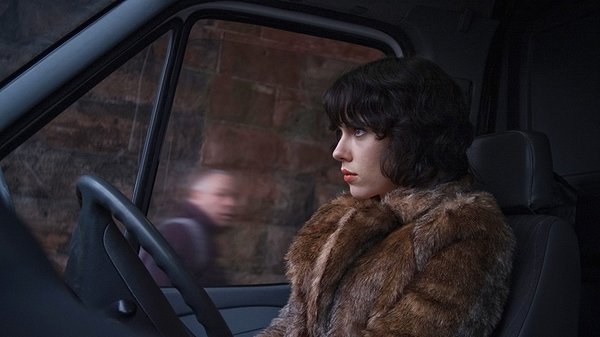
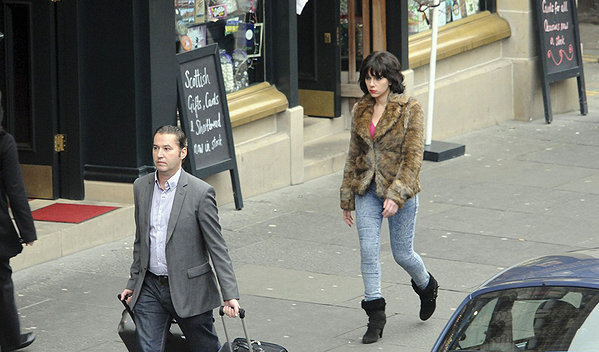
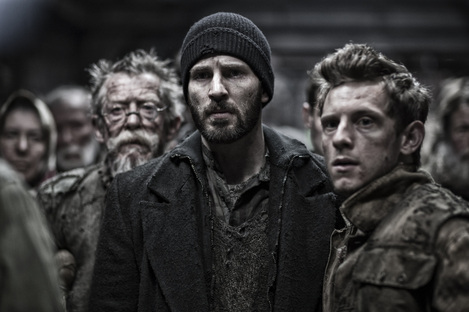
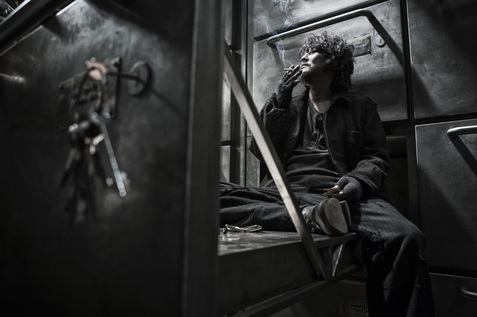
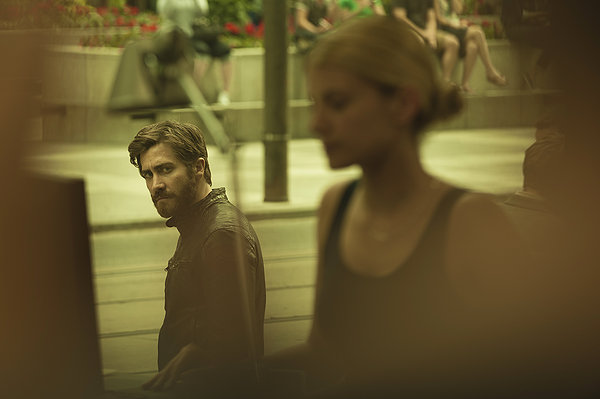

 RSS Feed
RSS Feed
